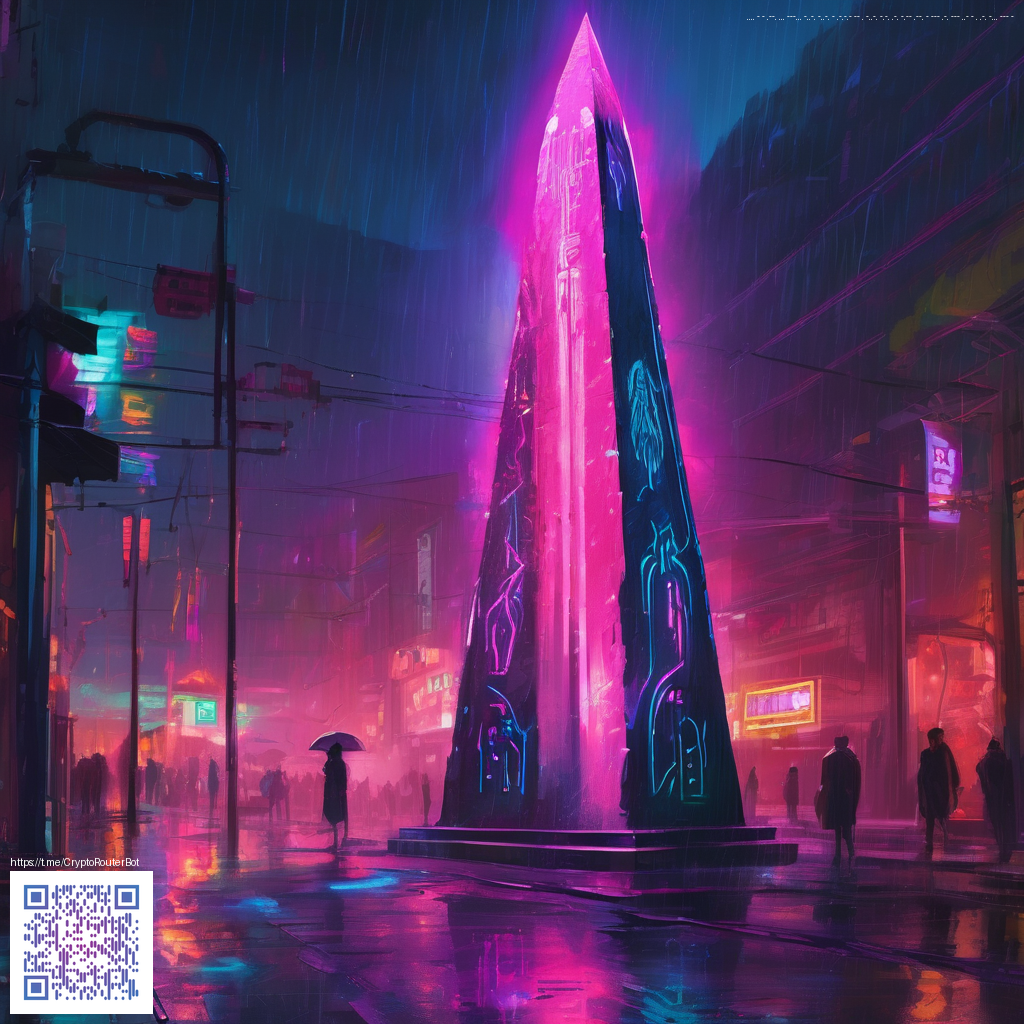
Digital greeting cards strike a balance between artistry and practicality. They’re shareable, printable, and ready for download in a few well-executed formats. If you’re aiming to deliver cards that look polished on every platform—from email campaigns to printed keepsakes—this guide walks you through the essentials: layout choices, print-ready considerations, and efficient export workflows that keep quality intact from screen to paper.
Foundations: resolution, bleed, and color
Start with a print-friendly canvas that aligns with common card sizes. A 5x7 inch layout is a popular baseline, typically accompanied by a 0.125 inch bleed to ensure color extends to the edge after trimming. Designing at 300 dpi is a reliable standard for crisp lines and fine details when printed. If your end users will download the card for on-screen viewing, maintain similar raster resolution to preserve sharpness as they zoom in.
- Color space matters: use CMYK for proofs and color-accurate print, while RGB remains ideal for on-screen previews. Plan conversions carefully to preserve vibrancy.
- Typography: opt for clear, legible type and limit to one or two typefaces to avoid clutter. Consider a bold display font for headings paired with a readable body font.
- Safe zones and trims: keep essential text and logos at least 1/8 inch from trim lines to prevent accidental cropping.
- File formats: export print files as PDF or high-resolution PDF/X variants, and prepare digital-ready versions as PNG or JPEG depending on the distribution channel.
“A well-prepared file is your best proof. It minimizes surprises when it’s time to print.”
Workflow: from concept to print-ready export
Idea to execution is a repeatable process. Begin with a rough layout: a focal image, a heartfelt message, and a clear path for your audience to download or print. Set up bleed and safe zones in your design program, then refine typography, imagery, and color balance. Maintain a version history so you can compare iterations without losing progress.
- Choose a balanced layout that highlights the central artwork while leaving room for a concise message.
- Organize layers thoughtfully—use masks, vector shapes, and texture overlays to add depth without compromising readability.
- Embed fonts or convert them to outlines to prevent font-substitution issues during printing.
- Export multiple variants: a print-ready PDF with bleed and crop marks, plus a web-friendly PNG/JPEG for convenient downloads.
- Provide accessibility-conscious options, such as alt text for imagery and high-contrast text, to ensure everyone can enjoy your card.
For a touch of practical inspiration, consider exploring resources like the Neon Gaming Mouse Pad 9x7 — Custom Neoprene, Stitched Edges product page. It demonstrates how bold, clean design principles translate across different product types and media. You can also see how design references can be organized on pages like Defi Donate design resource page to support your own workflow.
As you prepare for print, test a proof copy to verify color fidelity, font readability, and alignment. If you plan to offer both print and digital versions, keep a master file with all elements unlocked so you can adapt the design quickly for different output channels without reinventing the wheel.